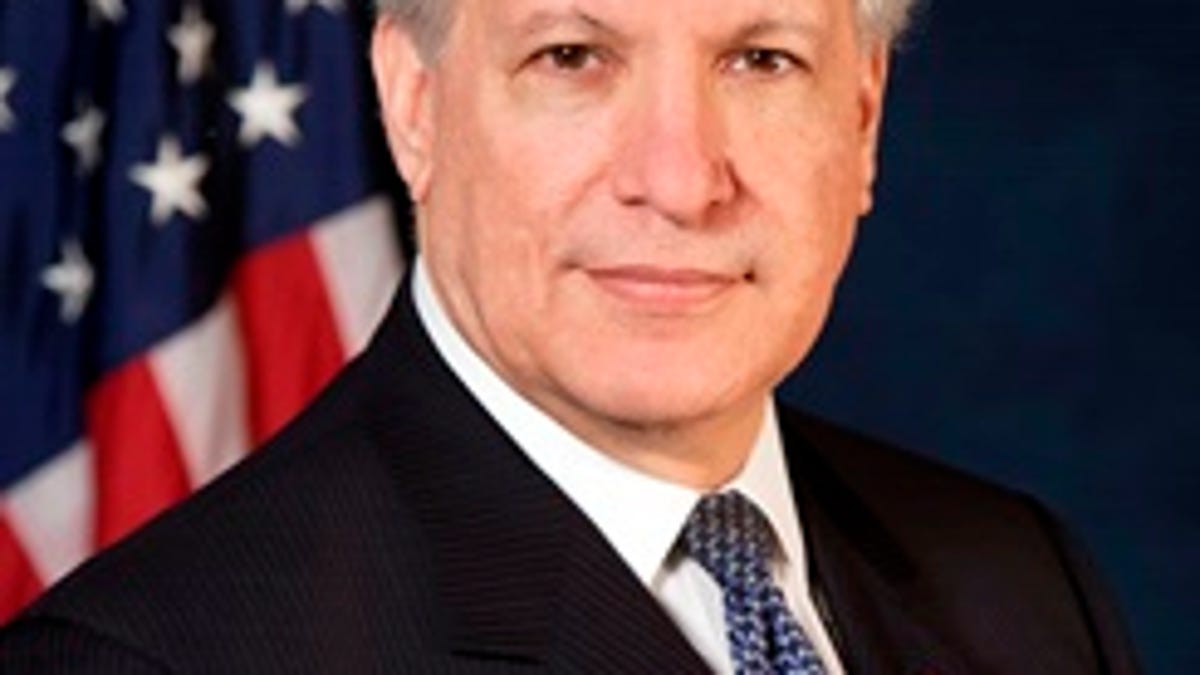Tesla Autopilot crash won't halt self-driving car development, NHTSA says
NHTSA Administrator Mark Rosekind said at a conference that the agency will continue to work towards a legal framework to allow self-driving car development despite individual incidents.

Mark Rosekind of the NHTSA spoke at the Automated Vehicle Symposium on the safety potential of highly automated driving.
Despite a fatal crash involving a Tesla Model S being driven by its Autopilot feature, the US National Highway Transportation Safety Administration's (NHTSA) head Mark Rosekind insisted that the government would still work to promote self-driving cars by providing a framework in which develop can continue.
"No one incident will stop the NHTSA from promoting highly automated driving development," said Rosekind during his keynote address at the Automated Vehicles Symposium here in San Francisco. Although he did not name Tesla specifically, his mention of "a recent incident" was a clear reference to the Tesla Model S crash last month.
All major automakers and automotive equipment suppliers are developing self-driving technologies, with some promising deployment by 2020. Currently, features such as Tesla's Autopilot let a car maintain its place in a lane and distance from traffic ahead. Autopilot can also change lanes. Other highly automated features being deployed include automatic braking to prevent collisions and self-parking.
Rosekind insisted that the US Department of Transportation is taking a "forward leaning" position on highly automated driving. He justified that by citing the 32,500 traffic fatalities that occurred on US roads in 2015, and how 94 percent of those were due to driver error. He said that highly automated driving could eliminate 19 out of 20 collisions, potentially saving 30,000 or more lives per year.
The NHTSA will be releasing a document later this year giving automakers and state regulators guidance on highly automated driving development, with the intention of fostering the technology.
Rosekind suggested that the NHTSA was willing to accept imperfect technology during development of highly automated driving because of its vast life-saving potential. He also said, however, that the NHTSA would not accept technology that was merely as safe as human drivers.

